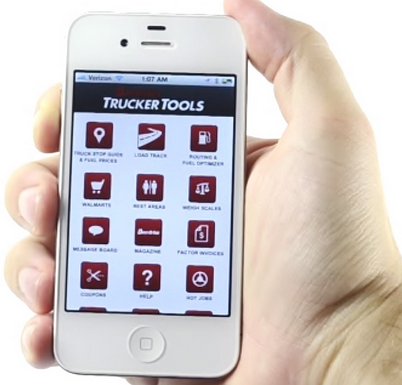Is Uber Coming to Commercial Trucking?
With the seismic changes ride sharing has brought to the consumer “taxi” business, many are speculating that next up may be the commercial trucking industry.
The rationale isn’t unreasonable.
Truck driver turnover rates are still hovering near 100% in many markets and fewer young drivers are going into the profession. The result? A perpetual truck driver shortage.
At the same time, trucks form the bedrock of North American shipping and deliver virtually every item that appears in homes, businesses, supermarkets and more.
Consider this:
- Last year Trucks moved nearly 10 billion tons, or 69%, of all domestic freight.
- Trucking employed more than 7 million people, including 3.4 million drivers.
- Combination trucks logged 168.4 billion miles in 2013, or an average of 69,000 per truck.
- Commercial trucks paid $16.5 billion in federal highway user fees in 2013.
But inefficiencies abound, and that means opportunities for the nimble.
Now, the latest technologies are stepping into the fray to link empty trucks with full transport loads — those in desperate need of a long haul on short notice.
That’s why some believe we are about to enter a new era: one in which long and short haul shipping takes place on demand – on a mobile device. The result will be the elimination of billions of “empty” trucking miles and greater returns for truckers and improved efficiencies for shippers.
What’s more, according to a recent study by Frost & Sullivan, in 10 years $26 billion of all truck freight movement revenues will occur courtesy of mobile freight brokering.
So if you still think trucking is a staid industry, resistant to change, check out start-ups such as Cargomatic and Transfix.
The world of fleets is changing fast.
Category: Featured, General Update, Management











